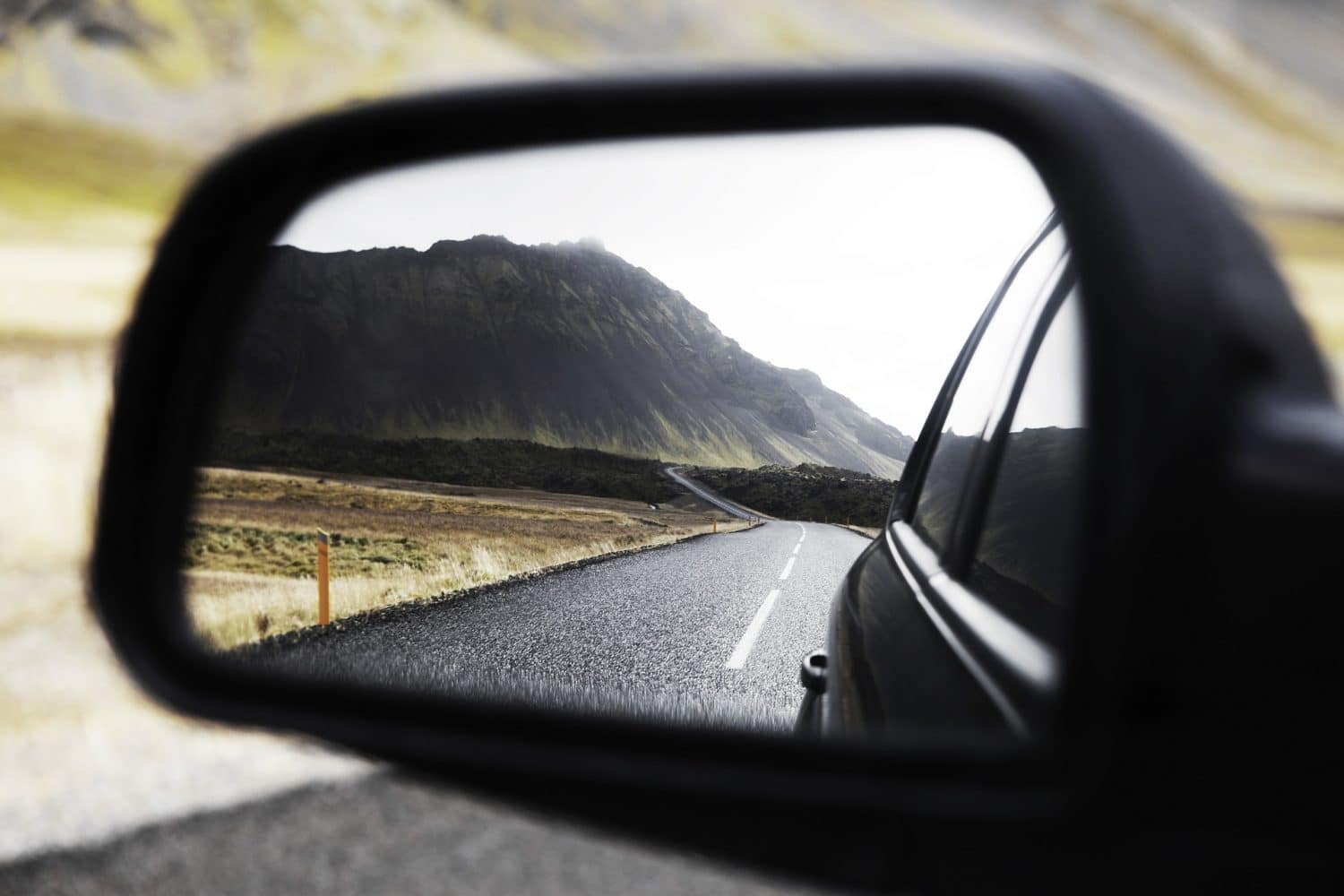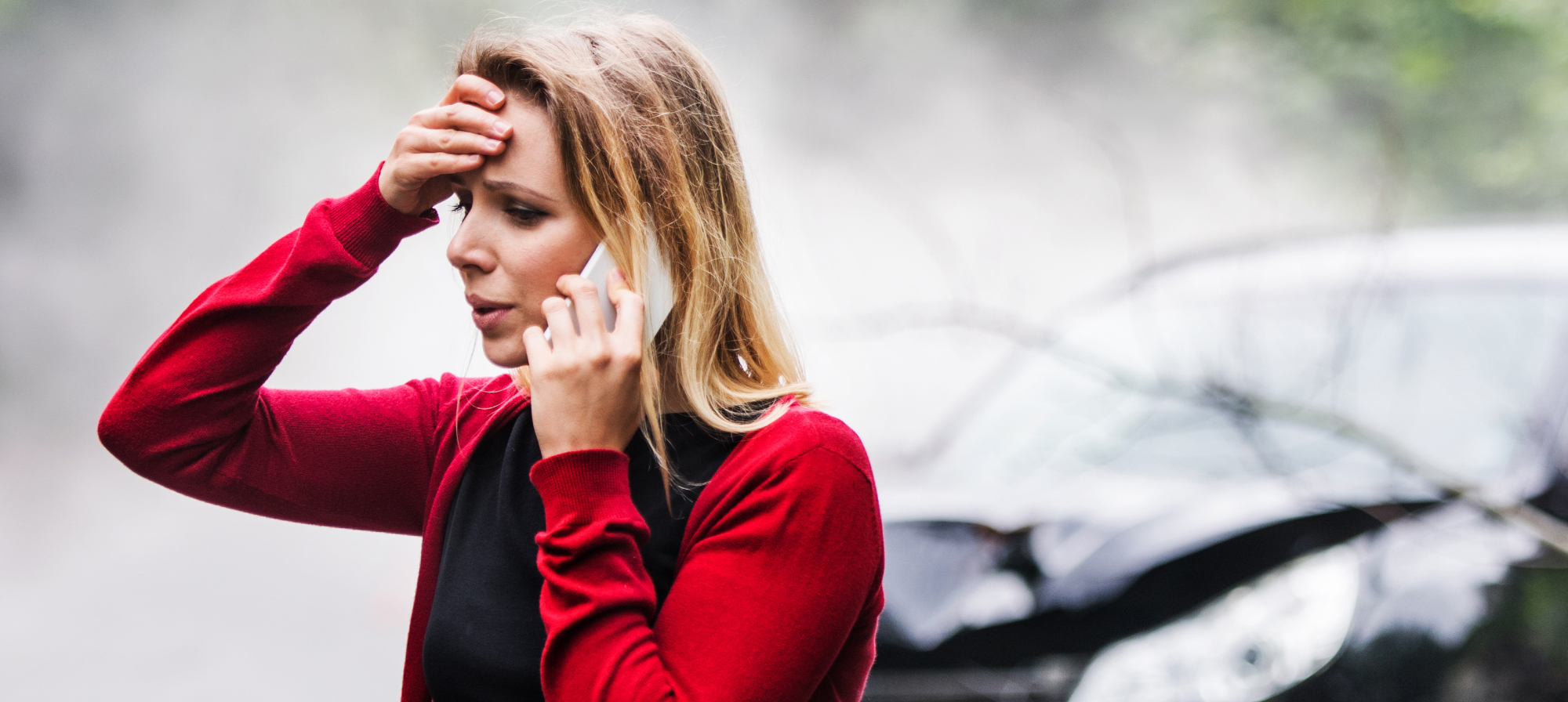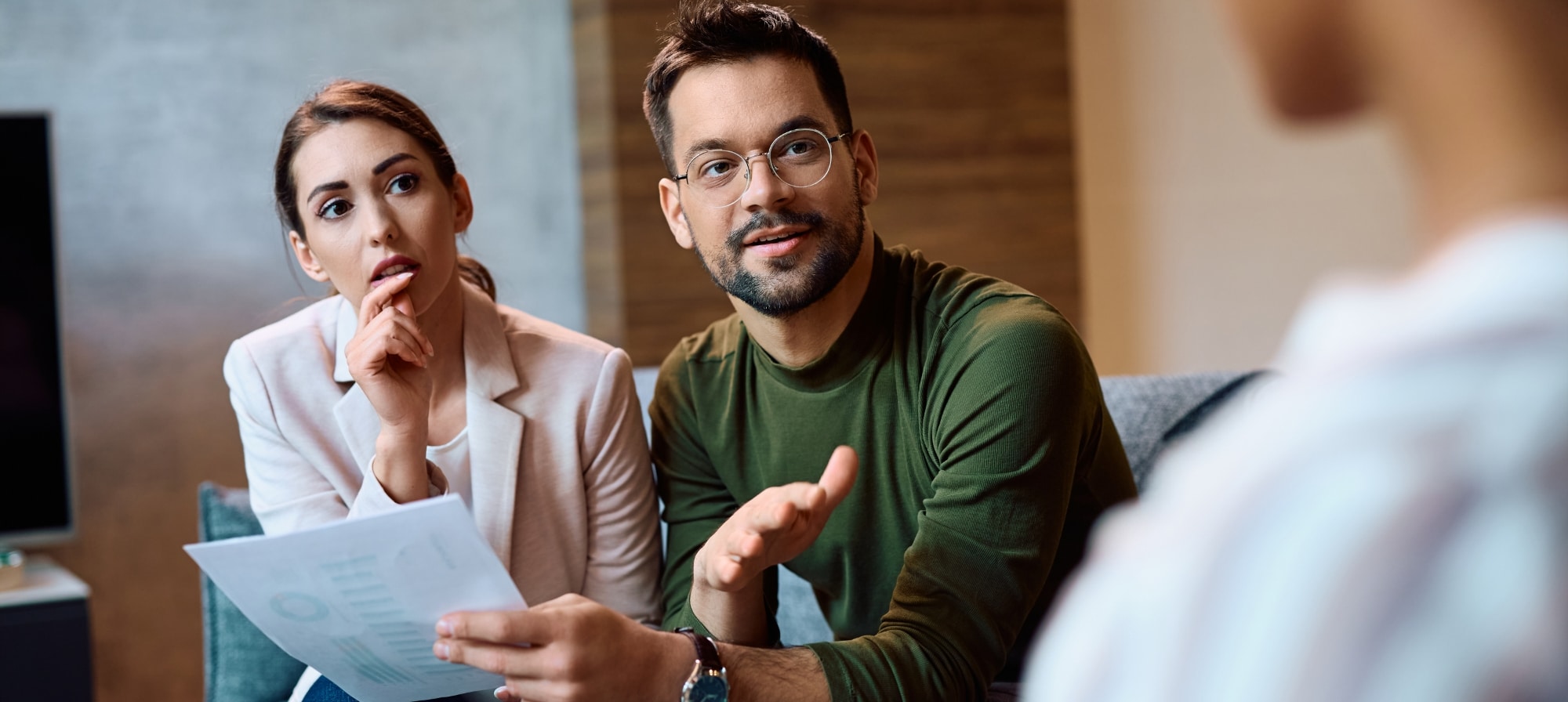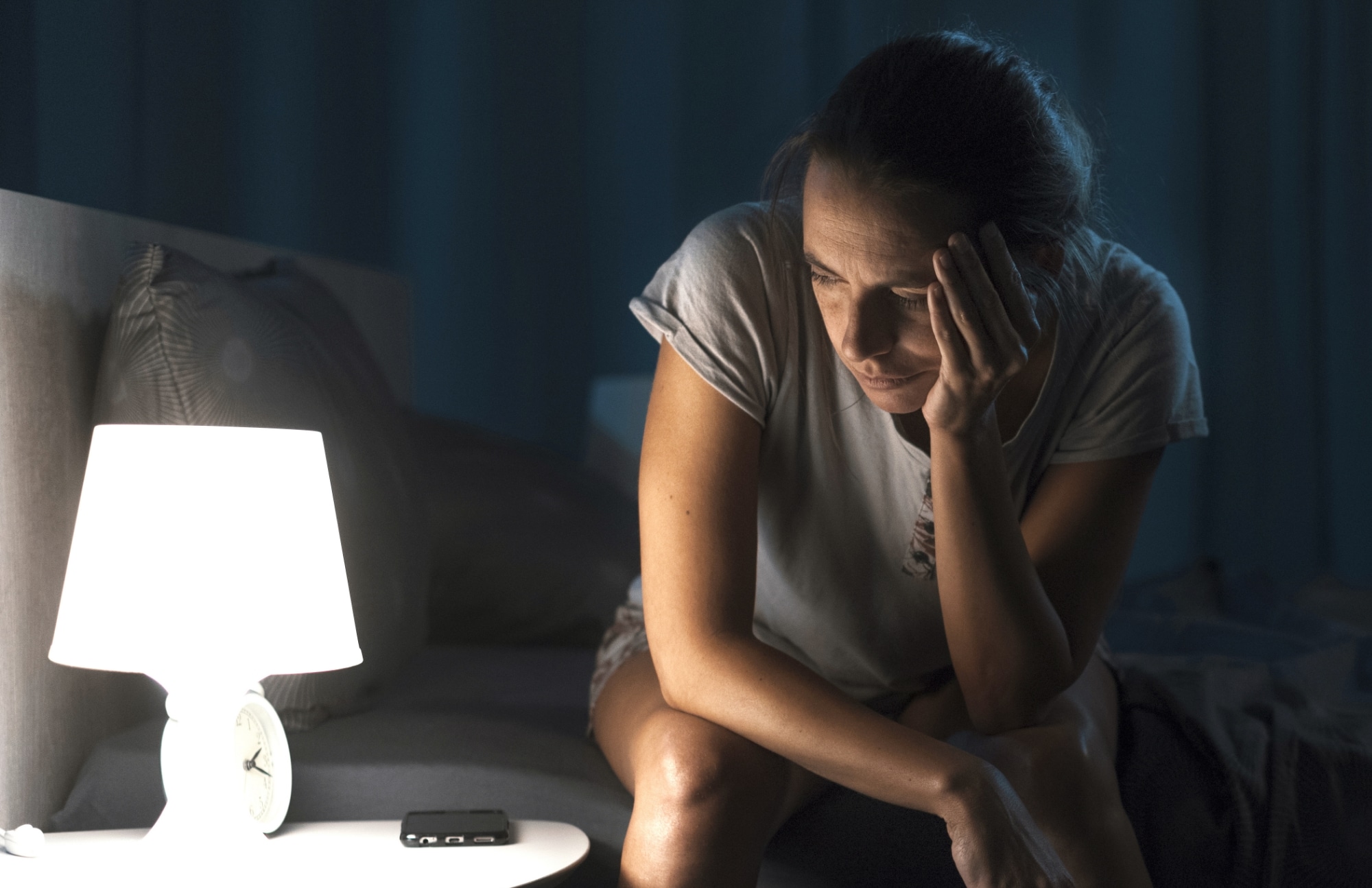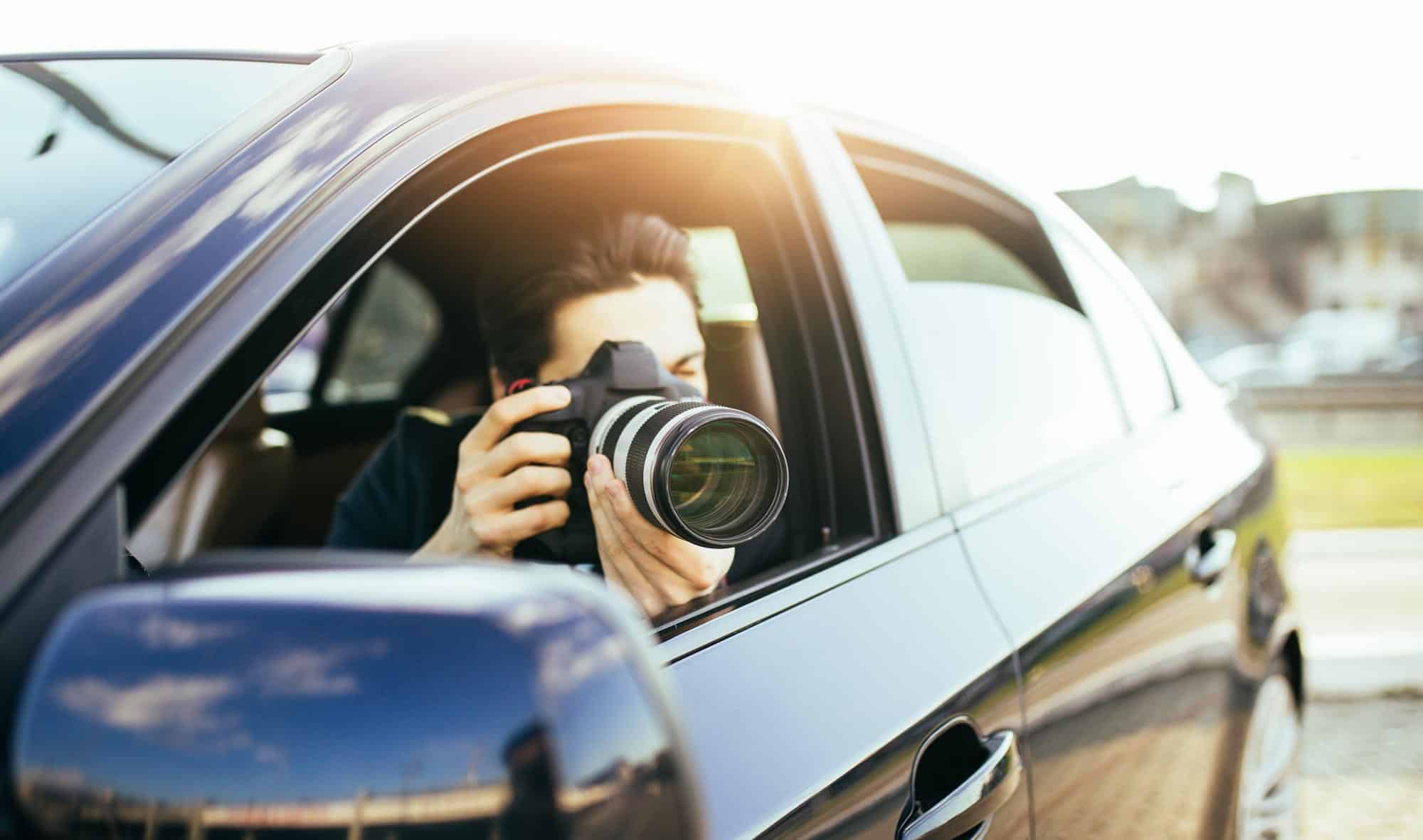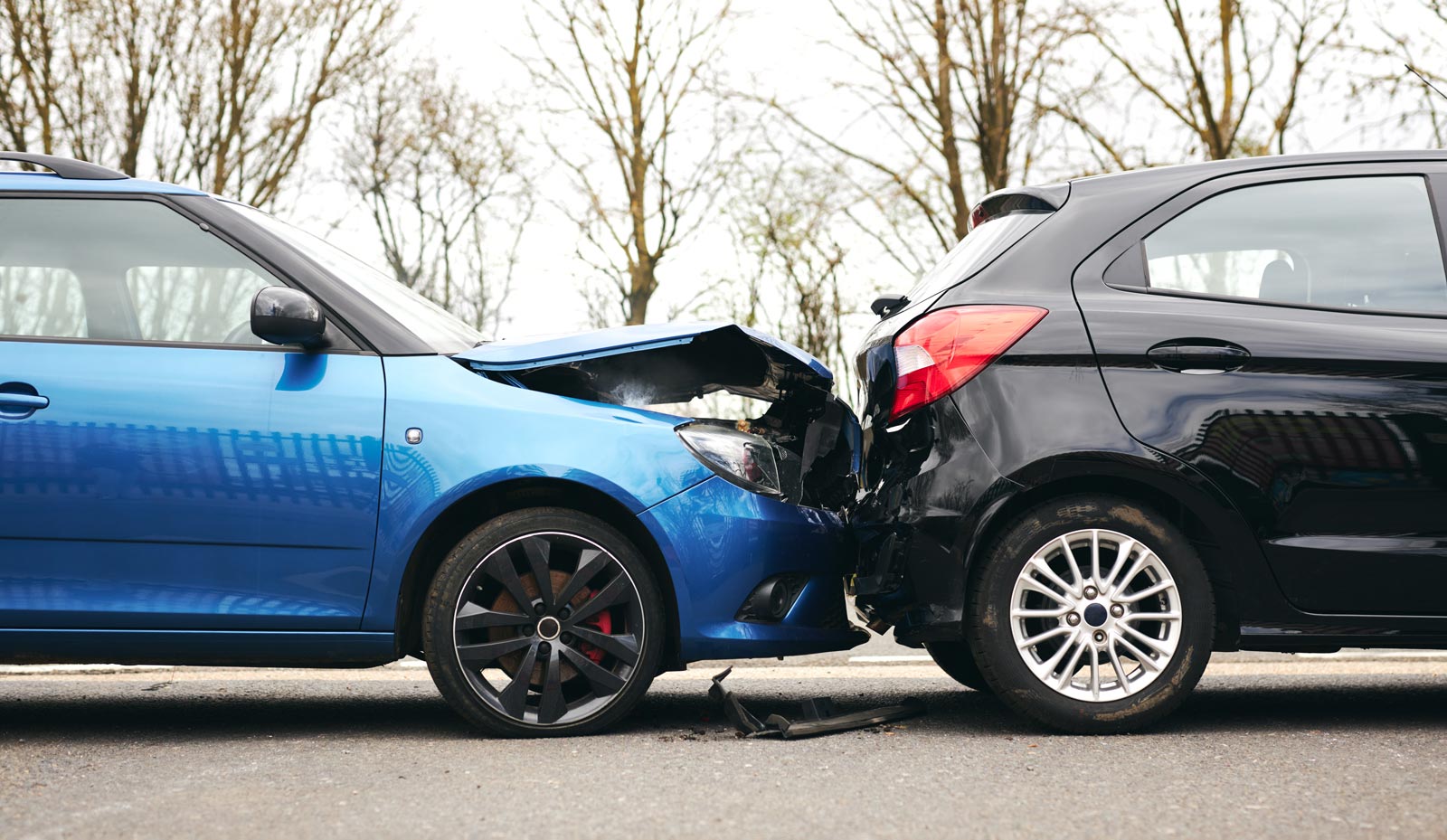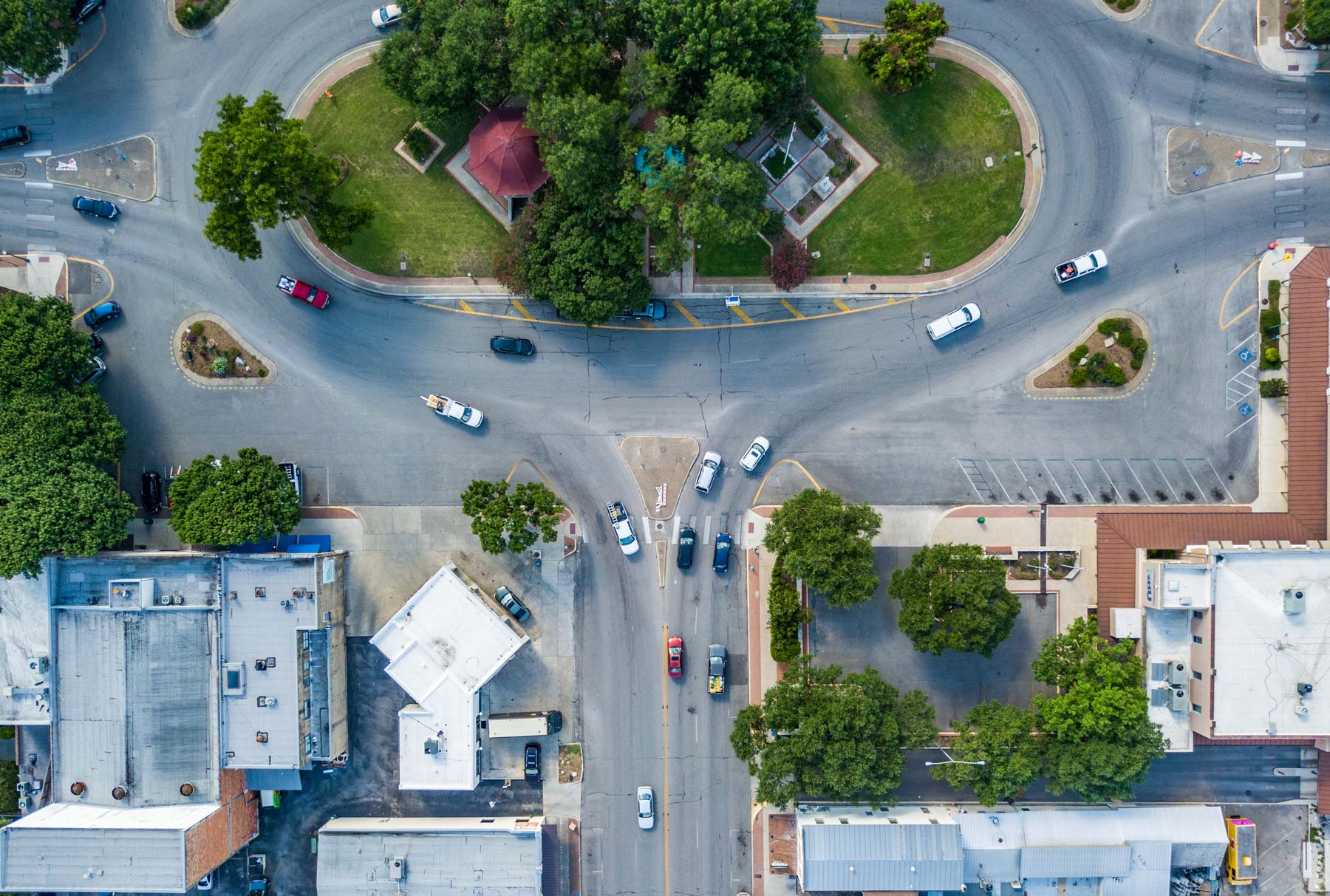In March 2018, a collision involving an Uber self-driving car and a pedestrian caused shockwaves throughout the U.S. and the autonomous vehicle industry. Recently, the National Transportation Safety Board (NTSB) and the Tempe Police Department issued reports about the crash.
PREVIOUS ARTICLE: What Can We Learn From the Self-Driving Uber Accident?
Below, the Crosley Law team outlines some new insights we’ve gained from the fatal Uber crash investigation and reports.
1. The Self-Driving Car Saw the Pedestrian Before the Safety Driver Did
According to the NTSB, Uber’s self-driving car identified the pedestrian, Elaine Herzberg, as an “unknown object” six seconds before the crash. As it neared Ms. Herzberg, the software recategorized her as a “vehicle” and then a “bicycle.” The software also had difficulties assessing where Ms. Herzberg was headed due to her position on the road. It did not identify a need for emergency braking until 1.3 seconds before the impact.
In comparison, the safety driver tried to brake less than a second before impact.
2. The Driver Might Have Been Streaming “The Voice” During the Crash
The safety driver, Rafaela Vasquez, had been on the road for less than an hour when the crash occurred. However, this short time period doesn’t mean that she wasn’t distracted. Studies suggest that it only takes 20 minutes or less for a driver’s mind to wander while driving.
The NTSB report into the Uber crash specifically notes that video shows the safety driver “glancing down toward the center of the vehicle several times before the crash.” However, she denied using her business or personal devices at the time of impact.
The Tempe Police Department’s 318-page report suggests otherwise. During its investigation, the police obtained data from the video streaming company, Hulu. Its records suggest that the safety driver streamed an episode of “The Voice” for 42 minutes on the night of the crash. The streaming session ended at 9:59 PM, almost the exact time of impact.
The police report asserts that the driver was distracted for 31% of the 22 minutes before the impact—and most importantly, for 5.2 of the last 5.7 seconds. Tempe’s police department concludes, “This crash would not have occurred if Vasquez would have been monitoring the vehicle and the roadway conditions and was not distracted.” It is unclear whether the driver will face criminal charges.
“…Uber relied on its drivers to avoid a collision. It disabled self-braking to “avoid erratic vehicle behavior.”
3. The Self-Driving Car Could Not Stop Itself and Relied on the Safety Driver for Emergency Maneuvers
Even though the self-driving car recognized the pedestrian, it could not engage in autonomous emergency braking or other safety maneuvers. Instead, Uber relied on its drivers to avoid a collision. It disabled self-braking to “avoid erratic vehicle behavior.”
However, the Uber system also couldn’t alert the safety driver of the identified hazard. There weren’t any lights, buzzers, or other notifications that alerted the safety driver of an impending collision. Instead, Uber simply relied on their drivers to pay attention to the road and maintain their focus.
RELATED ARTICLE: Injured by an Uber, Lyft, or Taxi? These Are Your Options
The lack of warning systems in Uber’s self-driving car might have been a major issue if the family had pursued a wrongful death lawsuit. The Herzberg family’s lawyers might have argued that the Uber self-driving system was dangerous and defective and demanded compensation for the family’s losses. However, Uber bought their silence with an undisclosed settlement amount.
Victims of Distracted Drivers Deserve Aggressive Legal Representation
Distracted drivers caused almost 400,000 injuries in the United States in 2015 alone. As we become increasingly reliant on our electronic devices and complacent about our cars’ safety, these numbers will probably increase. However, even though our cars’ sensors and systems might identify or warn us of risks, we should never rely on technology to keep other road users and us safe.
Crosley Law aggressively pursues lawsuits against distracted drivers in Texas. We’ve seen the damage that a distracted driver can cause and are honored to represent crash victims and their loved ones.
RELATED CLIENT SUCCESS STORY: Crosley Proves Negligence
When our personal injury lawyers take on a distracted driving claim, we quickly take actions to preserve the careless driver’s digital data. We also work with digital forensic experts when necessary, sifting through text and streaming data to assess the reckless driver’s behavior leading up to a crash.
We also handle product liability claims when a dangerous or defective product causes a crash. These cases have traditionally involved defective tires, brakes, airbags, and vehicle design. Now, a vehicle’s sensors, cameras, and software also need close scrutiny after a crash.
Crosley Law: Cutting-Edge Texas Personal Injury Lawyers
At Crosley Law, our team applies sophisticated techniques when they investigate and litigate personal injury claims. We frequently work with technical and medical experts who help juries understand leading-edge technologies and their impact on car crashes.
If you or a loved one suffered injuries due to a distracted driver or a defective motor vehicle, complete our online form or call us at 210-LAW-3000 | 210-529-3000 to request a free consultation.
References
Davies, A. (2018, June 22). The unavoidable folly of making humans train self-driving cars. WIRED. Retrieved from https://www.wired.com/story/uber-crash-arizona-human-train-self-driving-cars/.
Laris, M. (2018, June 22). Backup driver in fatal self-driving Uber crash was streaming Hulu. Washington Post. Retrieved from https://www.washingtonpost.com/news/dr-gridlock/wp/2018/06/22/uber-safety-drivers-phone-was-streaming-the-voice-ahead-of-deadly-driverless-crash-police-find/?noredirect=on&utm_term=.88307e360f2e
National Highway Transportation Safety Administration. (n.d.) Distracted driving. Retrieved from https://www.nhtsa.gov/risky-driving/distracted-driving
National Transportation Safety Board. (2018, May 24). Preliminary report: Highway HWY18MH010. Retrieved from https://www.ntsb.gov/investigations/AccidentReports/Reports/HWY18MH010-prelim.pdf
Somerville, H., Shepardson, D. (2018, June 22). Uber driver was streaming Hulu show just before self-driving car crash: Police report. CNBC. Retrieved from https://www.cnbc.com/2018/06/22/uber-driver-streamed-the-voice-before-self-driving-car-crash.html
The content provided here is for informational purposes only and should not be construed as legal advice on any subject.
